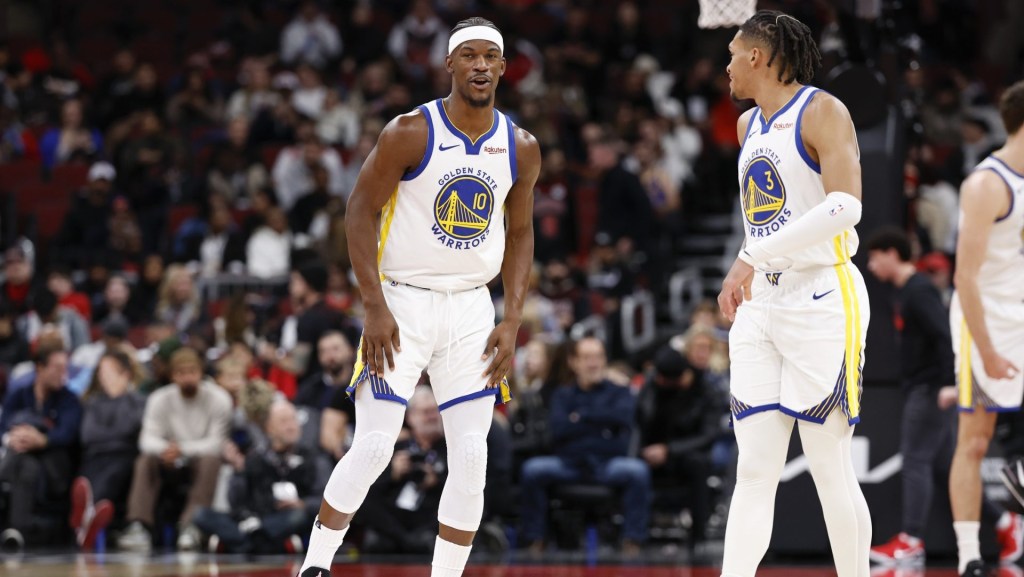A boom demand, a trade war, and pandemic have combined for major price inflation in the bicycle business.
With gyms closed, mass transit a potential source of infections, and many cities reconfiguring traffic flow to be more bike-friendly, bicycle demand soared during the pandemic. U.S. bike sales grew 20% to $4.8 billion in 2020.
However, supply has failed to meet the sudden growth in interest. Prior to the pandemic’s roadblock on supply chains, tariffs imposed by former president Donald Trump as part of his trade war with China caused buyers to hold back on orders as they waited for more favorable market conditions.
With demand high and supply low, prices for bikes and parts can be 15-25% higher than usual.
The problem isn’t entirely unique to bicycles.
- The cost of shipping a container from Shanghai to Los Angeles more than doubled — $1,800 at the start of 2020 to $4,200 a year later.
- The auto sector has been affected as well, as both Volkswagen and Honda have cut supply. Elon Musk has attributed rising Tesla prices to inflated supply costs.
- Peloton said in February it is investing $100 million to improve its supply chain after struggling to meet demand in a timely manner during the pandemic.
- The U.S. Senate is set to pass a $250 billion infrastructure bill, aimed at competing with and becoming less dependent on China.
As for bikes, a reprieve does not appear imminent: supply chains could be backed up by two years.

















